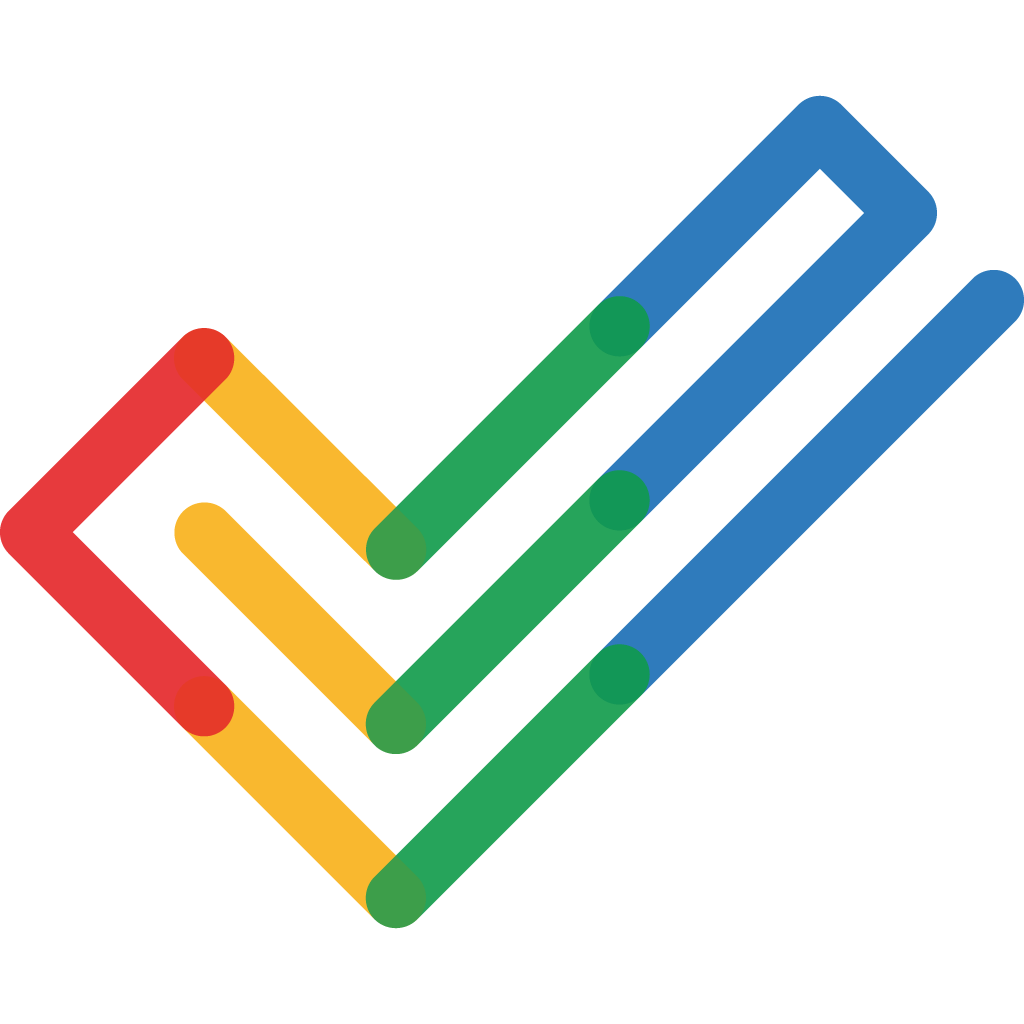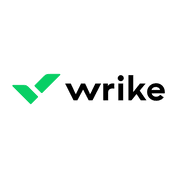Changepoint PPM is a Project Management Software. Changepoint PPM offers Project Templates, Idea Management, Kanban Board, Time & Expense Tracking, Task Management and many more functionalities.
Some top alternatives to Changepoint PPM includes Quickbase , Smartsheet, ClickUp, Zoho Projects and Changepoint EAM.
No, Changepoint PPM doesn't provide API.
No, Changepoint PPM doesn't provide mobile app.
Changepoint PPM is located in Seattle, Washington
Changepoint PPM offers Quotation Based pricing model
The starting price is not disclosed by Changepoint PPM. You can visit Changepoint PPM pricing page to get the latest pricing.













